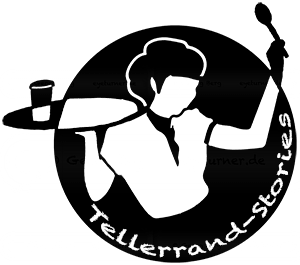Barefoot across a stubble field, a sheep as a prize and an unusual headdress as a crown – this is how the shepherd’s run in Wildberg in the northern Black Forest can be described at first glance. But this 300-year-old tradition is much more than that. Every two years, on the third weekend in July, Wildberg celebrates a cheerful festival that honors the shepherd’s profession in all its facets: from herding and sheep shearing to the festival play and cock dance. Whether you have grown up with this tradition or are experiencing it for the first time – everyone will find something to enjoy here. And anyone who has questions will get answers: the knowledgeable audience is happy to explain the strange rituals, and the participants in the procession are also talkative. Whether it’s a lady from the high nobility of 1860, a farmer from a foot group or the devil’s puppeteer in dark make-up – they all talk about the old customs and the life of times gone by.
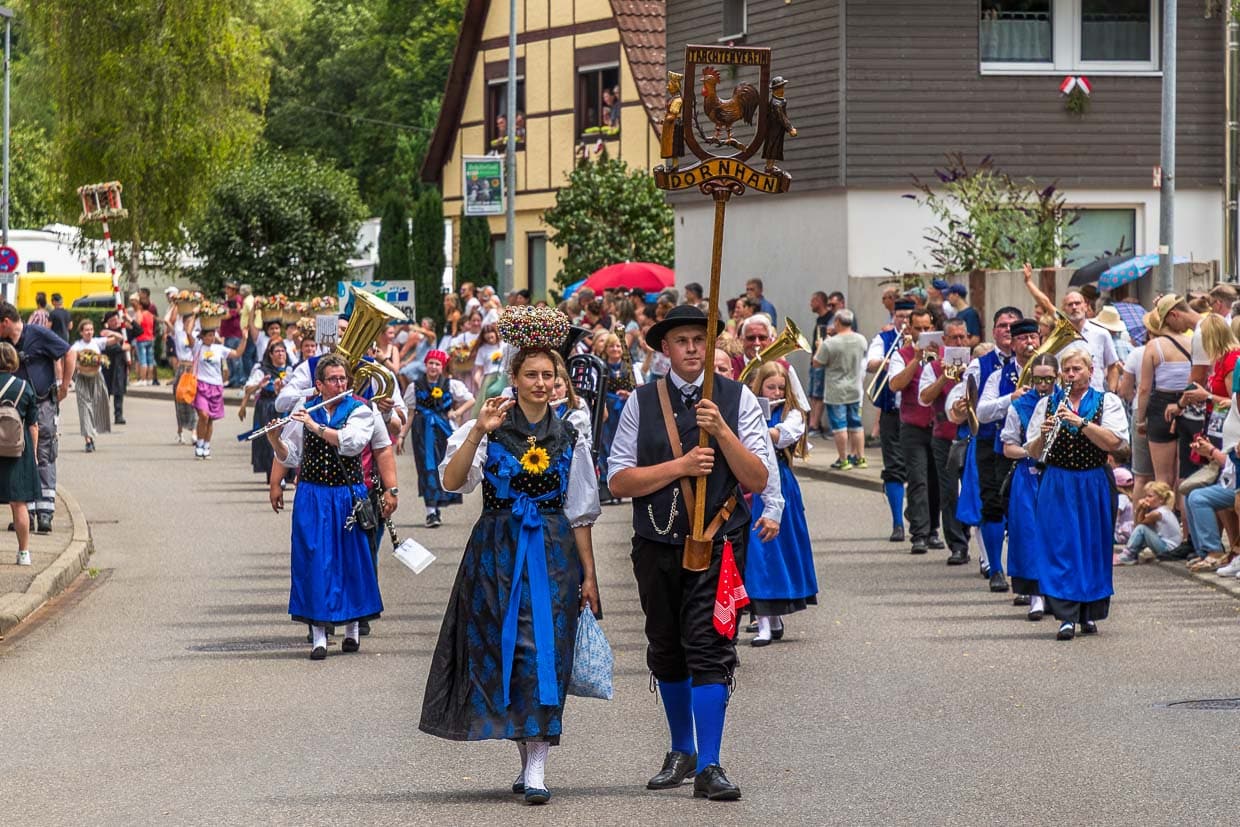
Working meetings since 1723
At six o’clock sharp in the morning, the Wildberg town band marches through the small town in the northern Black Forest and wakes up the residents with its sounds. Two hours later, the square at the market fountain in front of the town hall fills up. The mayor hands over the shepherd’s flag and the guild chest to the representatives of the shepherd’s guild – a solemn moment that underlines the importance of shepherding and its history. The guild chest, a wooden chest, once held the guild’s most important documents, seals and funds. The basis of this tradition is the guild regulations of the shepherds’ guild from 1651, issued by Duke Eberhard III of Württemberg.
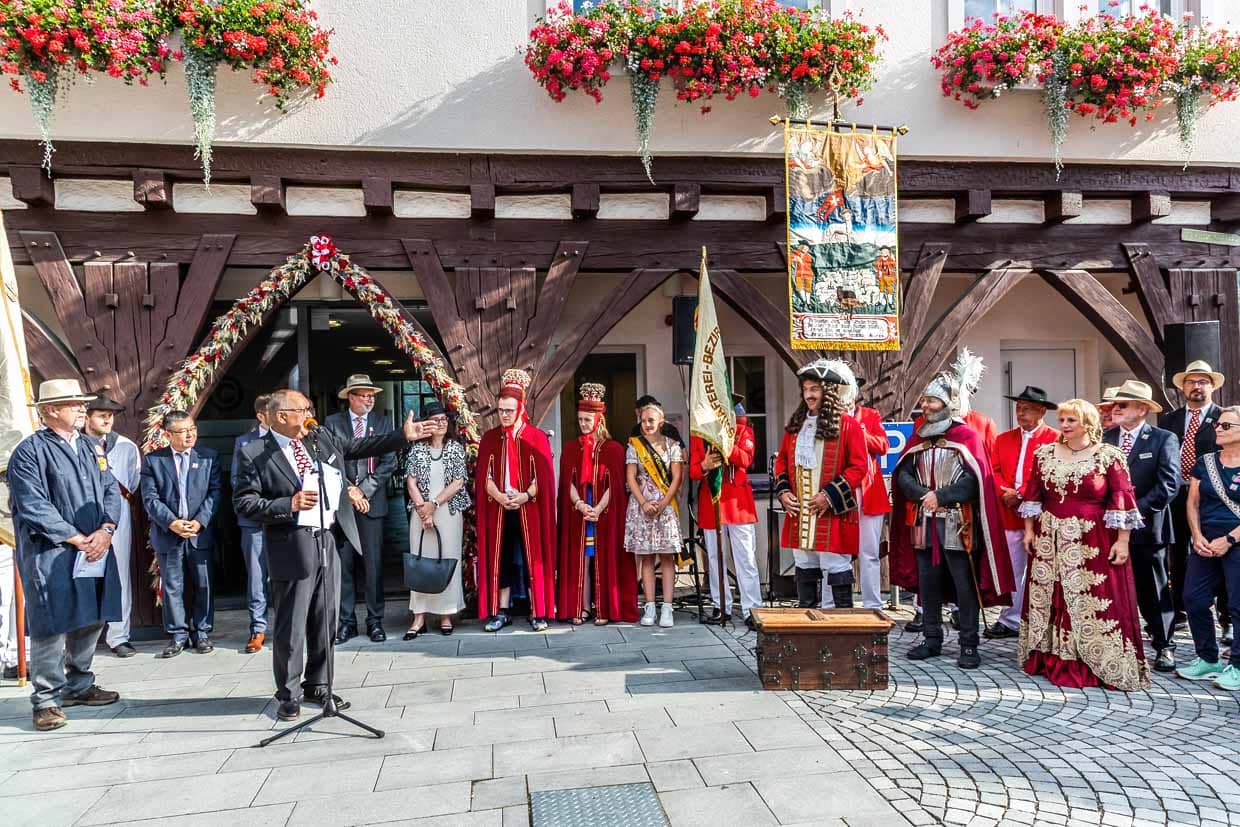
Originally, Markgröningen was the headquarters of the Württemberg shepherds’ guild. Since 1495, all shepherds had to travel there every year for the guild day. They took part in meetings and voted on important matters. However, for many shepherds, especially those from remote areas such as the Black Forest, the journey meant a great deal of effort, expense and risk for their flocks. To alleviate this burden, at the urging of the Black Forest shepherds and with the approval of the Duke of Württemberg, a subsidiary store was set up in Wildberg in 1723. At the same time, further ancillary stores were established in Bad Urach and Heidenheim. These regional facilities enabled the shepherds to carry out their guild business locally.
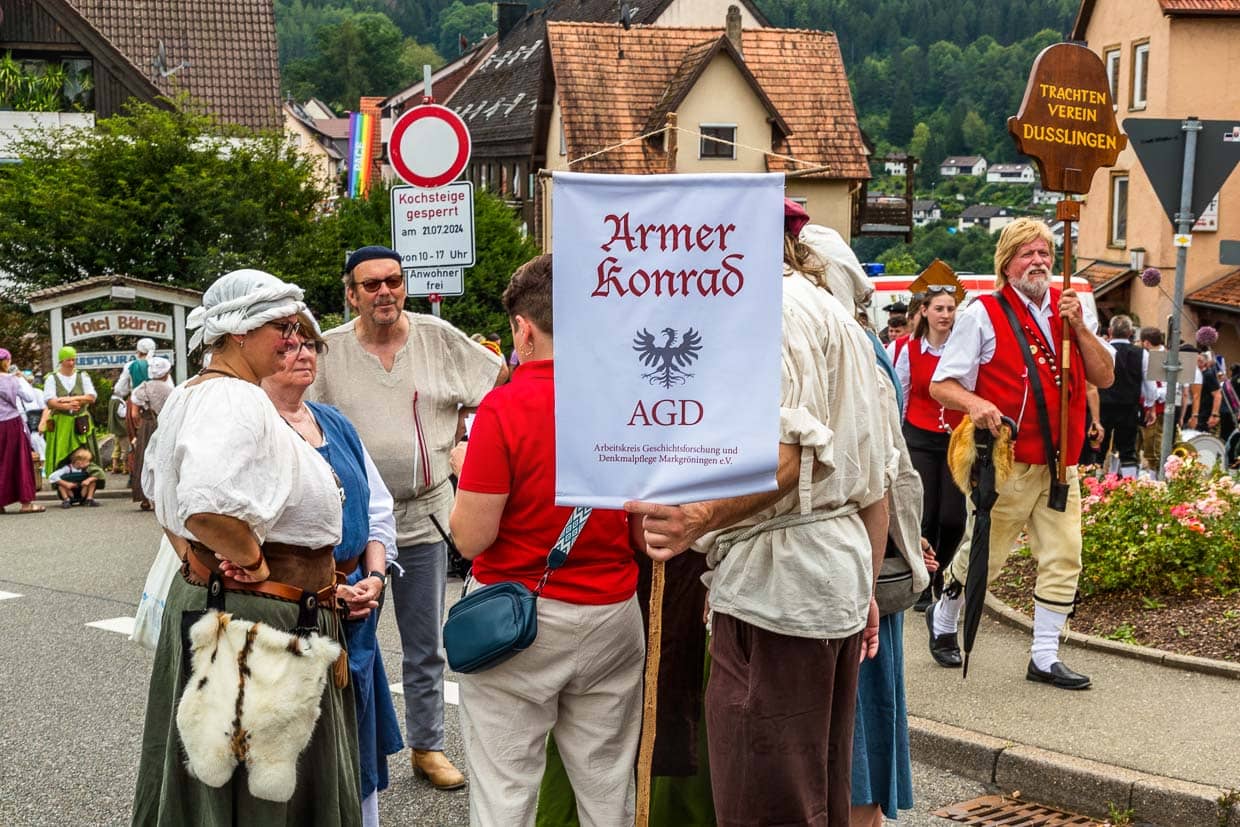
From economic factor to cultural asset
A shepherd with his flock remains a positive image to this day. But in the past, shepherding was much more than that: it shaped the economy and society. Shepherds played a central role in the rural economy, their flocks supplied wool, meat and milk. Shepherds’ guilds represented the interests of their members, set rules for the trade and took on social tasks.
The shepherd’s run was not only a social event, but above all an important meeting place. Here, shepherds exchanged ideas, traded, dispensed justice and competed against each other. Such gatherings strengthened the community and preserved the traditions of the trade. The races, especially the one for the shepherd’s crown, stood for the pride and efficiency of the shepherds.
In 2018, UNESCO recognized this unique tradition as Intangible Cultural Heritage – in the towns of Markgröningen, Bad Urach and Wildberg in Baden-Württemberg.
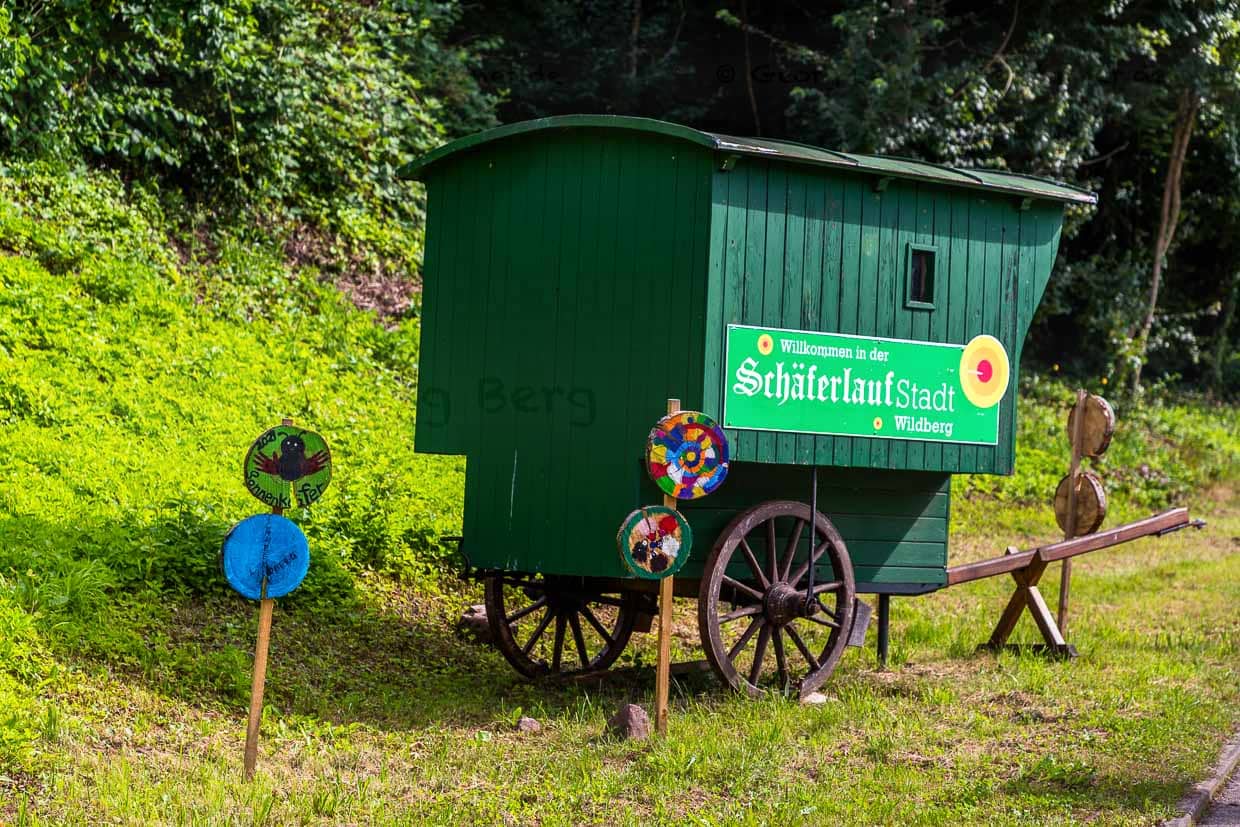
Time travel with sheep and scoop
For hours, more and more foot groups have been streaming into the upper town of Wildberg. People dance traditional dances at the town hall fountain, the Wildberg polka echoes through the alleyways, and children dressed in traditional costumes or as poor farmers run around laughing. Around midday, after the shepherds have received their insignia of power, a long procession sets off. The order is historically documented: The herald with the town flag is followed by the historical figures Duke Eberhard von Württemberg and Count Burkhard III von Hohenberg with daughter Gertrud von Hohenberg, followed by the first fanfare procession.
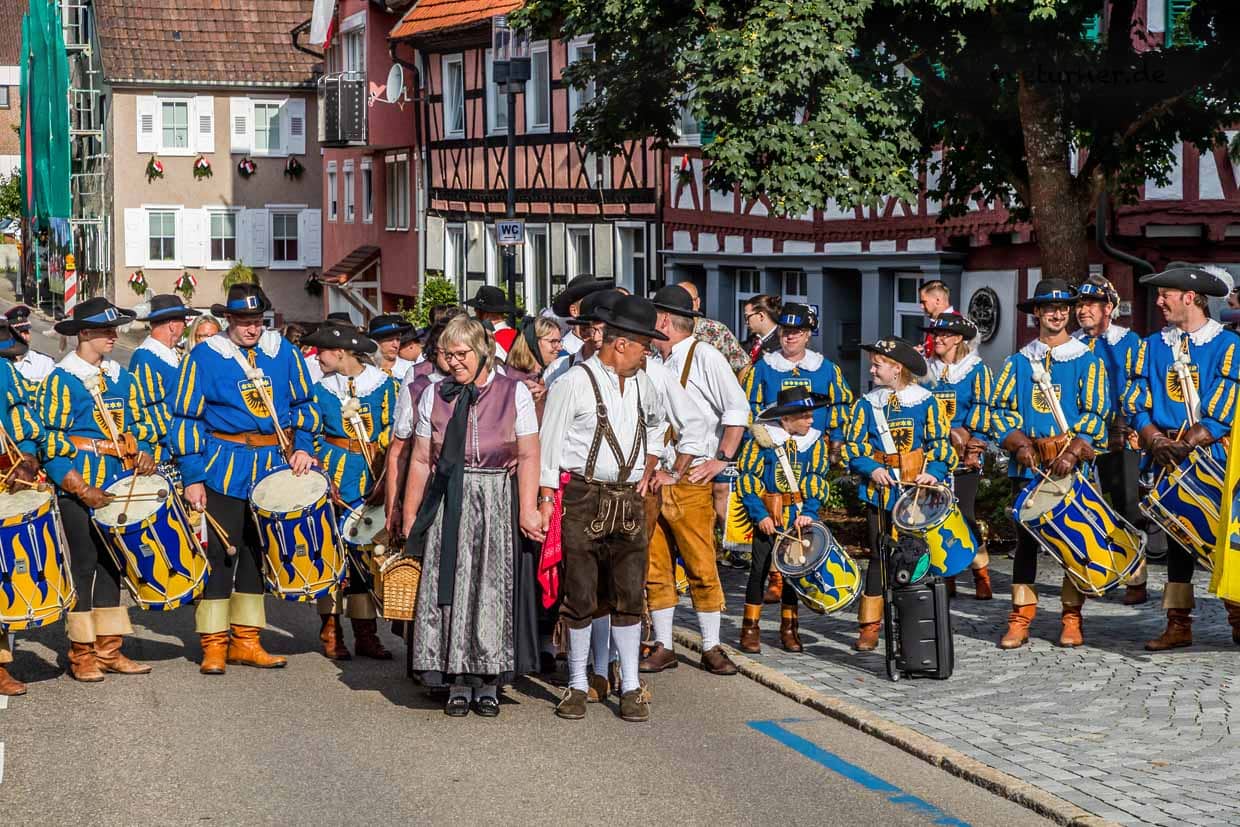
After this, other groups line up for the historical procession, which winds its way from the upper town to Schäferlaufplatz over the next two hours. The diversity of the participants is particularly impressive, bringing the rich culture and customs of the region to life. Shepherds and shepherds’ wives, historical vigilantes, raftsmen, cuckoo clock bearers and many others depict scenes from times gone by.
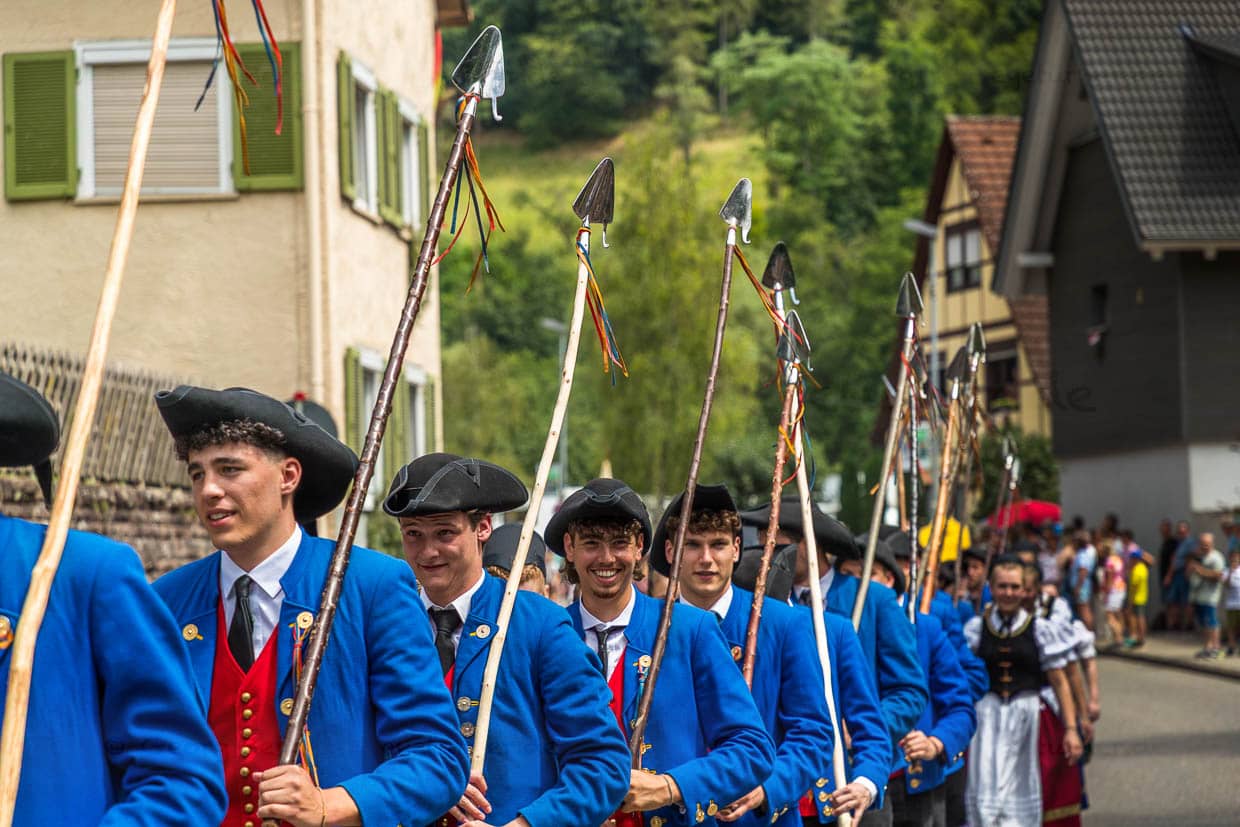
A group of shepherds carry the traditional shepherd’s shovels, the so-called shepherd’s shovels. This small shovel at the lower end of the shepherd’s crook serves as a tool in everyday life: it guides the flock, signals the herding dog or cuts out poisonous plants. A bycatch hook on the shovel helps to catch sheep by the legs.

The cuckoo clock carriers are reminiscent of a tradition from the Black Forest. Back then, traders carried the famous Black Forest clocks – including the cuckoo clock – on their backs over long distances to markets and customers. They used a special back carrier, the scabbard, to transport the delicate clocks safely.
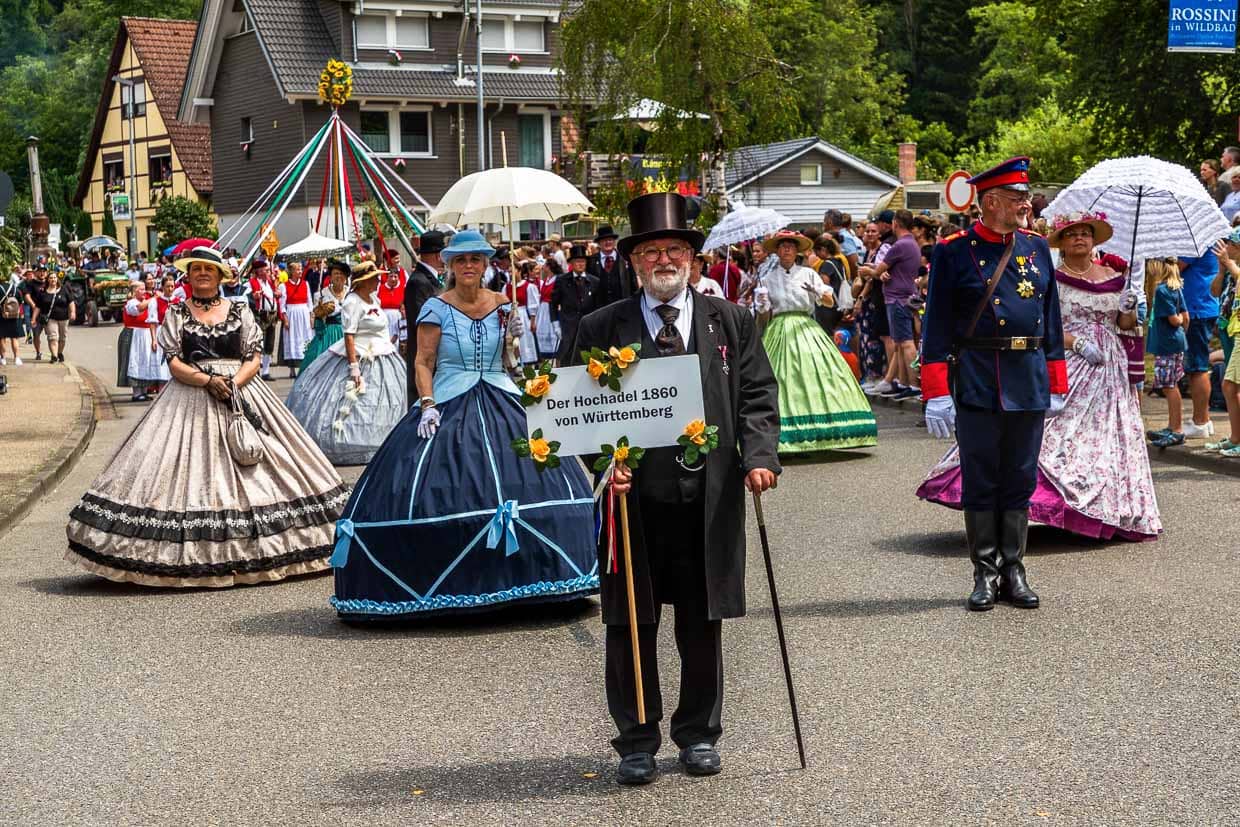
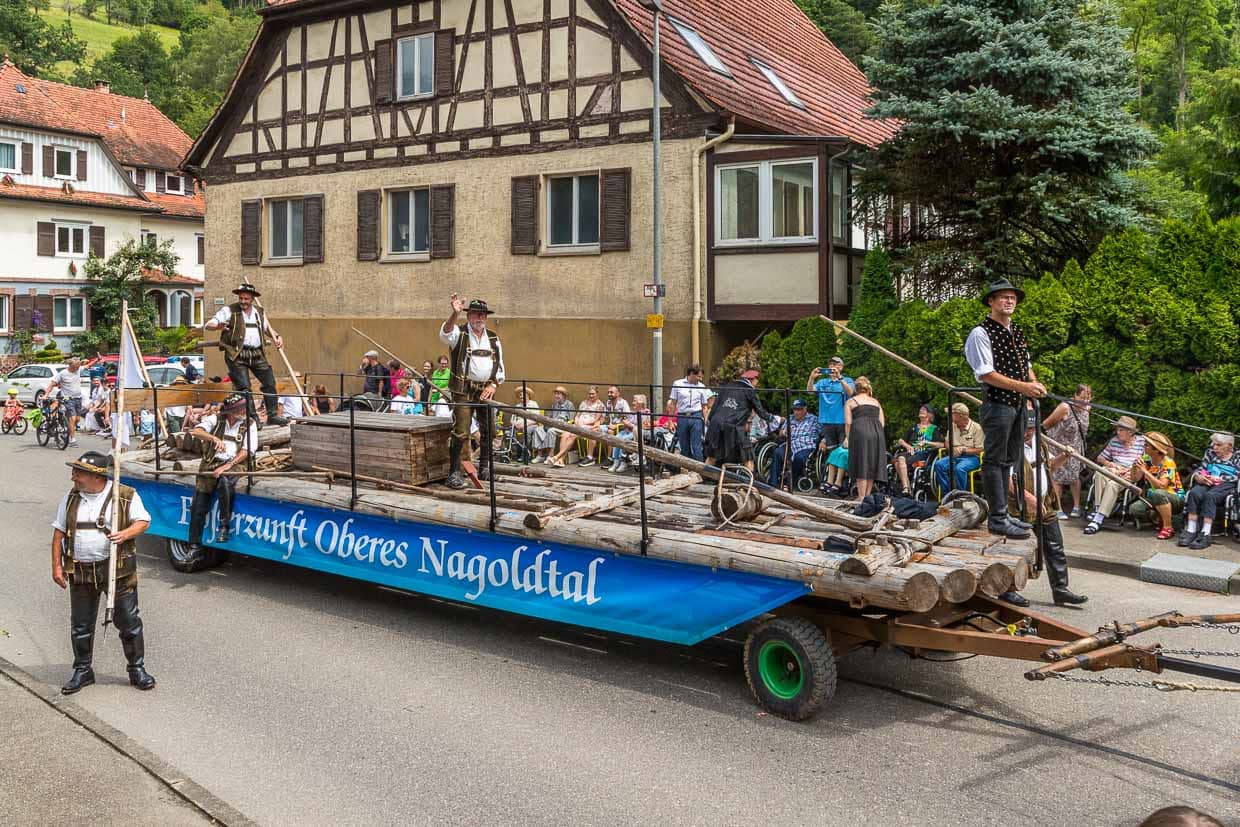
Highlight shepherd run
In the early afternoon, the action shifts from the upper town to the Schäferlaufplatz. The grandstands fill up, but before the new Shepherd Queen and Shepherd King are determined in the race, traditional program items such as the water carrying and the cock dance are on the agenda.
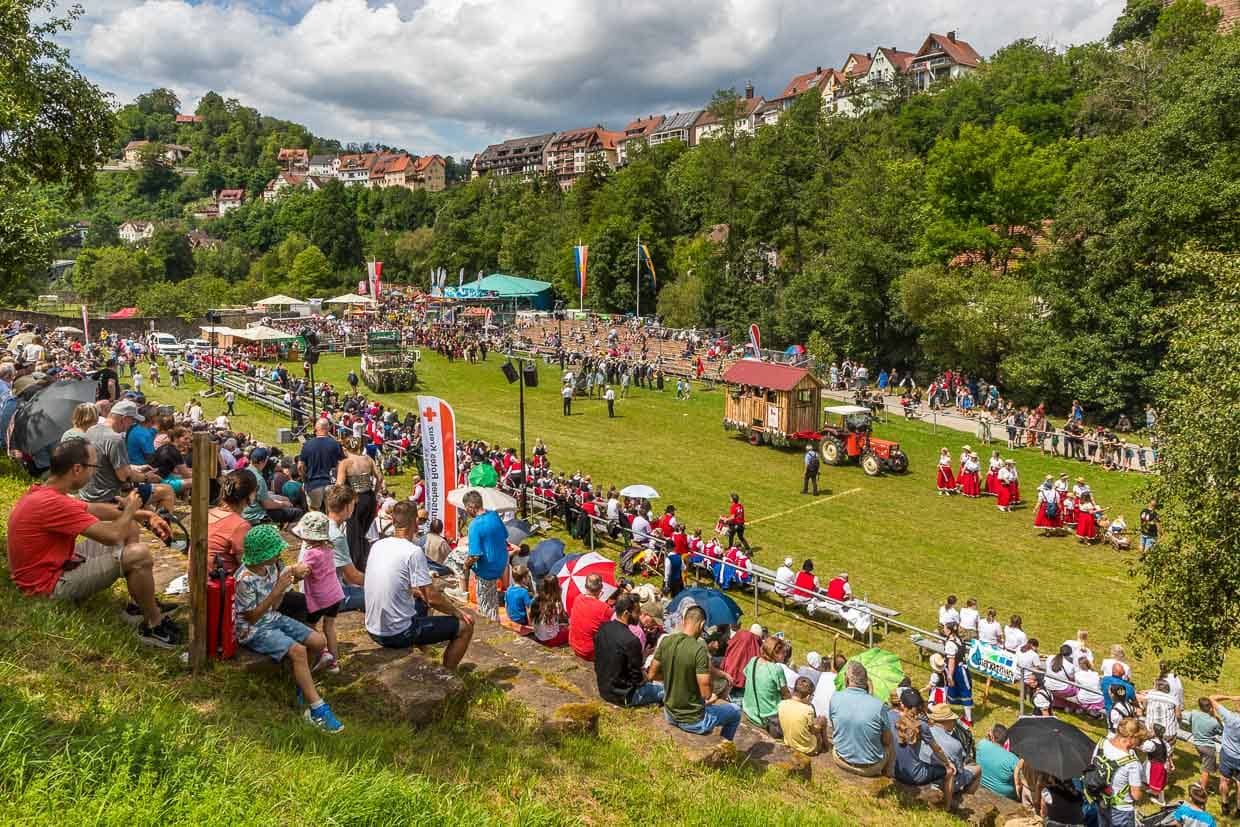
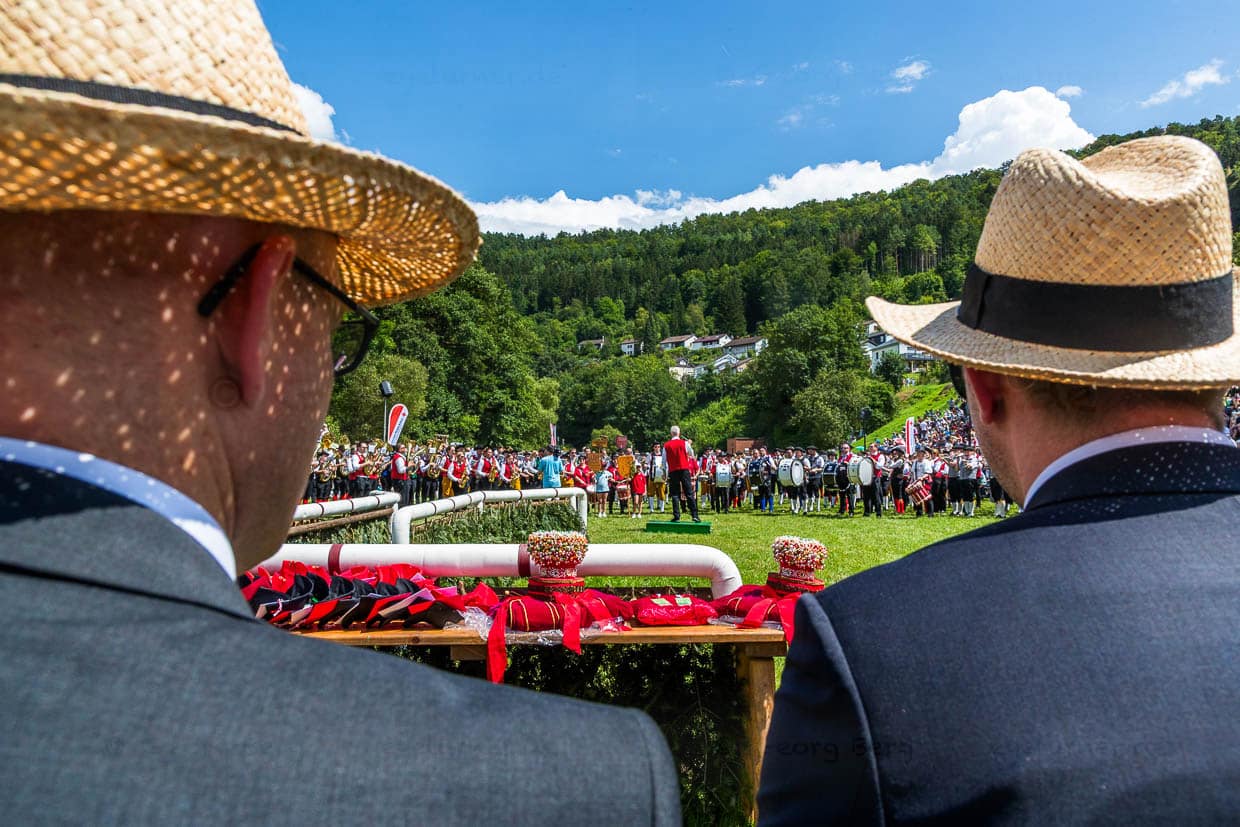
The cock dance is an integral part of the supporting program. This symbolic game is reminiscent of the earlier cockcrowing, in which a live rooster was the center of attention. With the advent of animal welfare, cock tipping was replaced by knocking over a glass of water. Whoever successfully knocks the glass off the board by lifting their partner wins the cock dance.
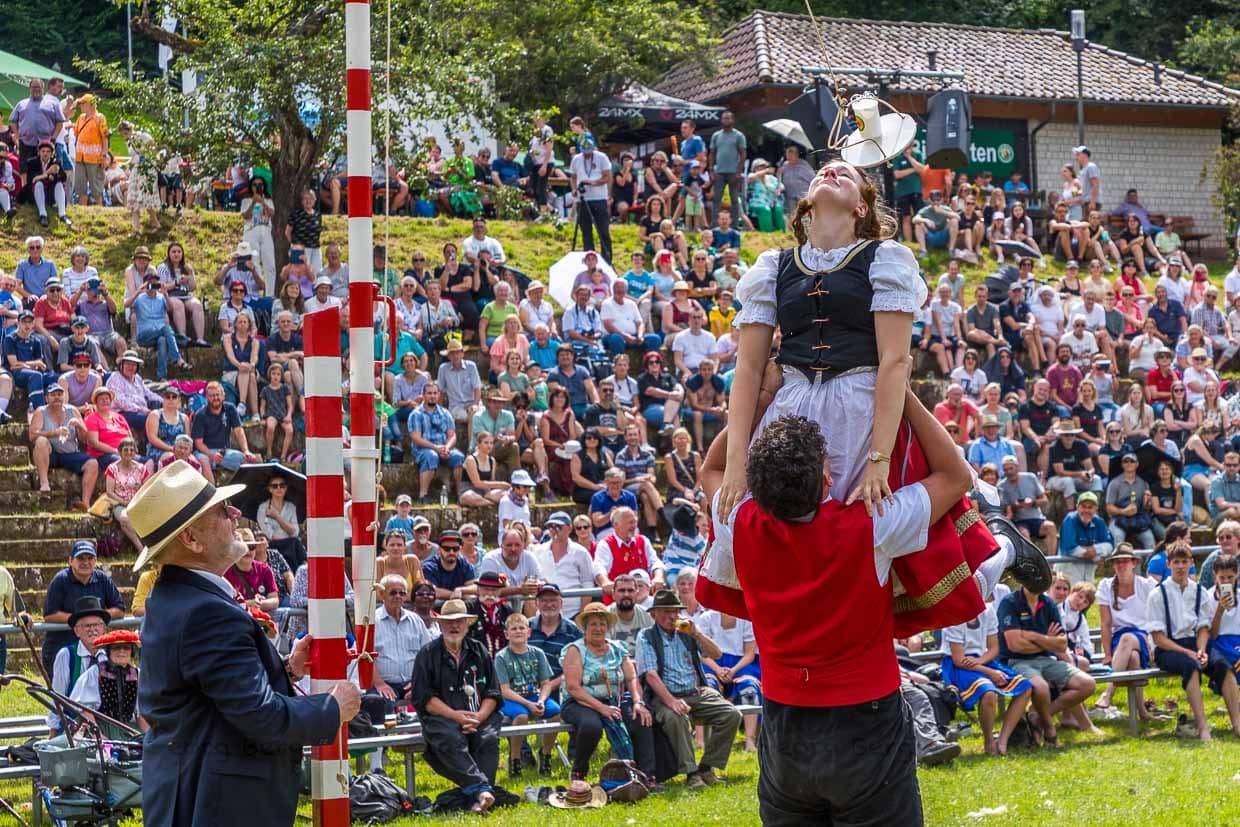
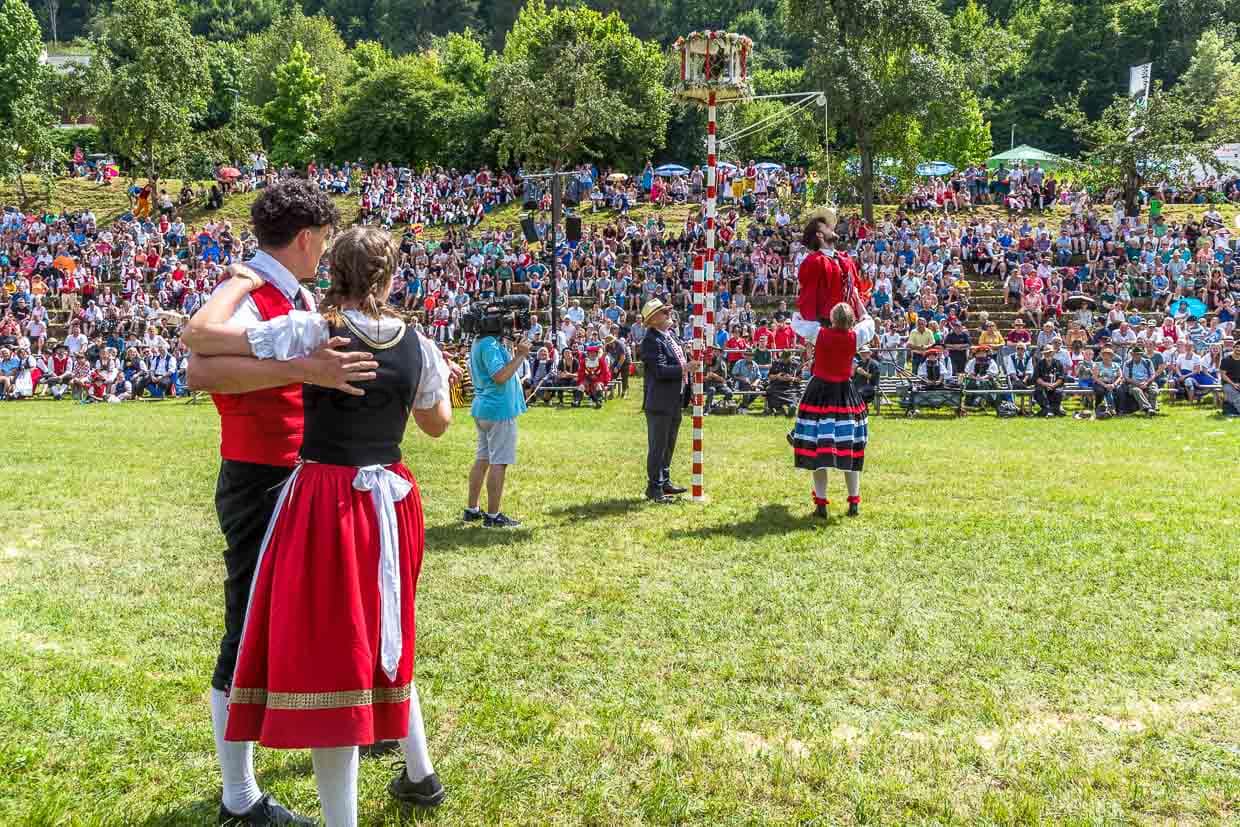
Young women from the ninth and tenth grades of the Wildberg Education Center compete against each other in the water-carrying competition. They race against each other with buckets of water on their heads. This competition, which is also an integral part of the Shepherd’s Run, is reminiscent of the shepherd girls’ and shepherdesses’ tasks in the past. They had to fetch water for people and animals – hard work that required skill and strength.
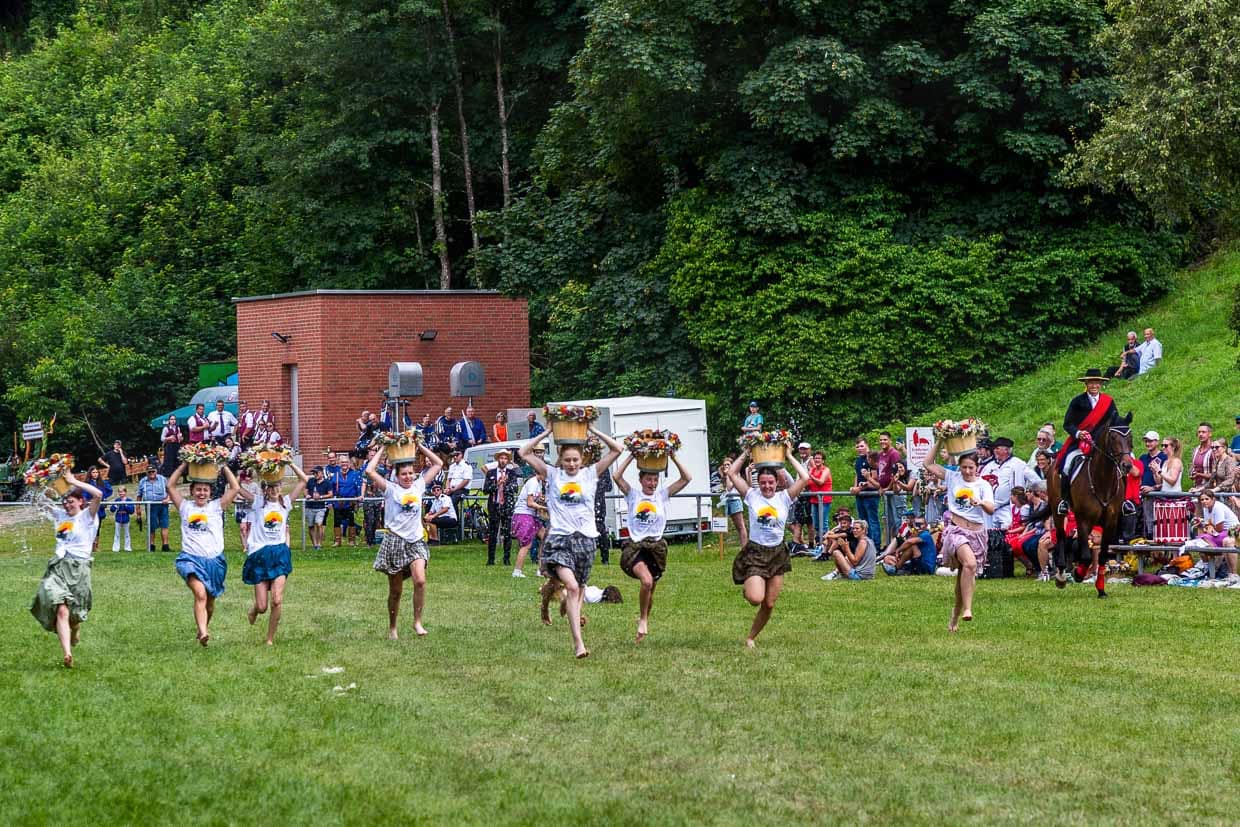
Barefoot for the crown
Who will wear the Schäppel, the bright red shepherd’s crown made of pearls and glass, for the next two years and represent the shepherds’ guild? This question is answered during the shepherd’s run, in which only members of shepherd families are allowed to compete – both men and women. The conditions of participation are strict and have remained unchanged for centuries: Minimum age 14, full-time shepherd or shepherdess, or child of a sheep farmer residing in Baden-Württemberg and at least 200 registered sheep. The runners now include women who have trained as shepherds or work in agriculture. It is all the more remarkable that the shepherdess run has been around since 1723, when the Nebenlade began in Wildberg. More about women at the shepherdess run.
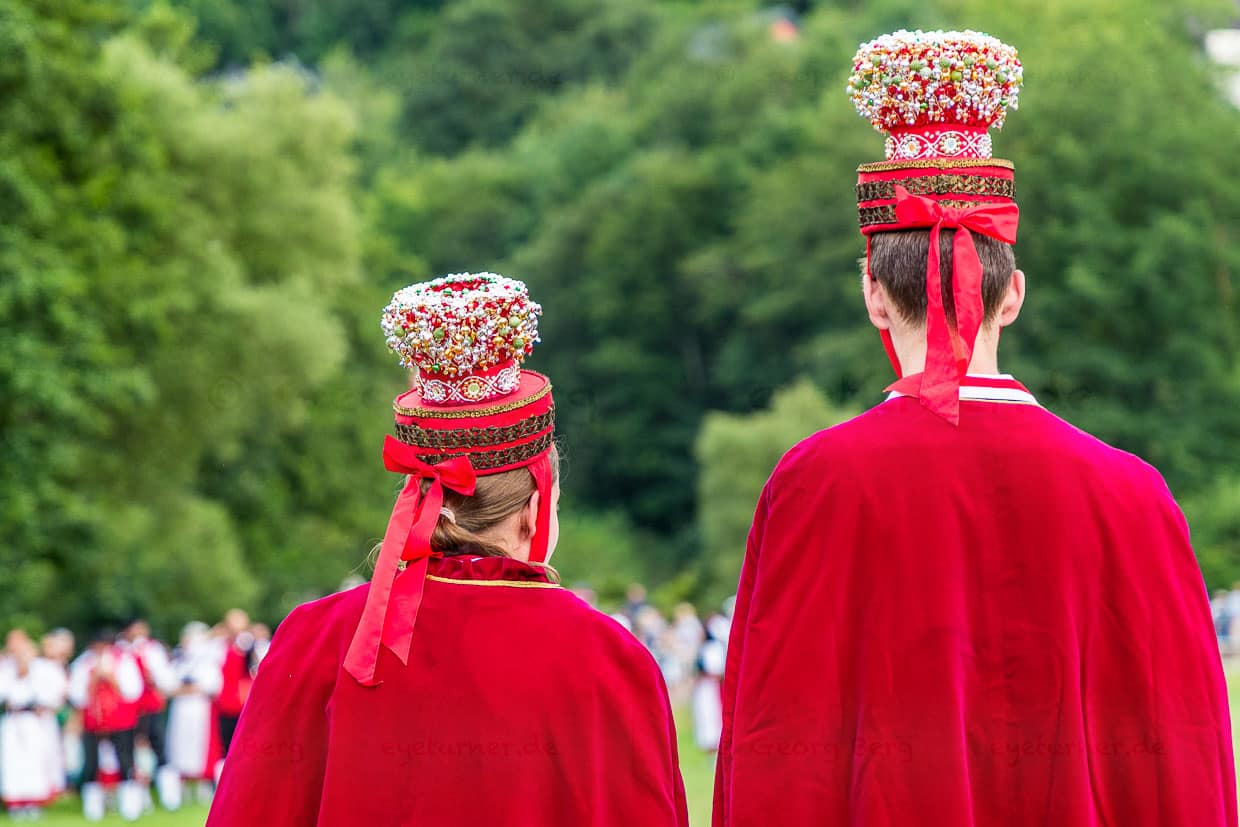
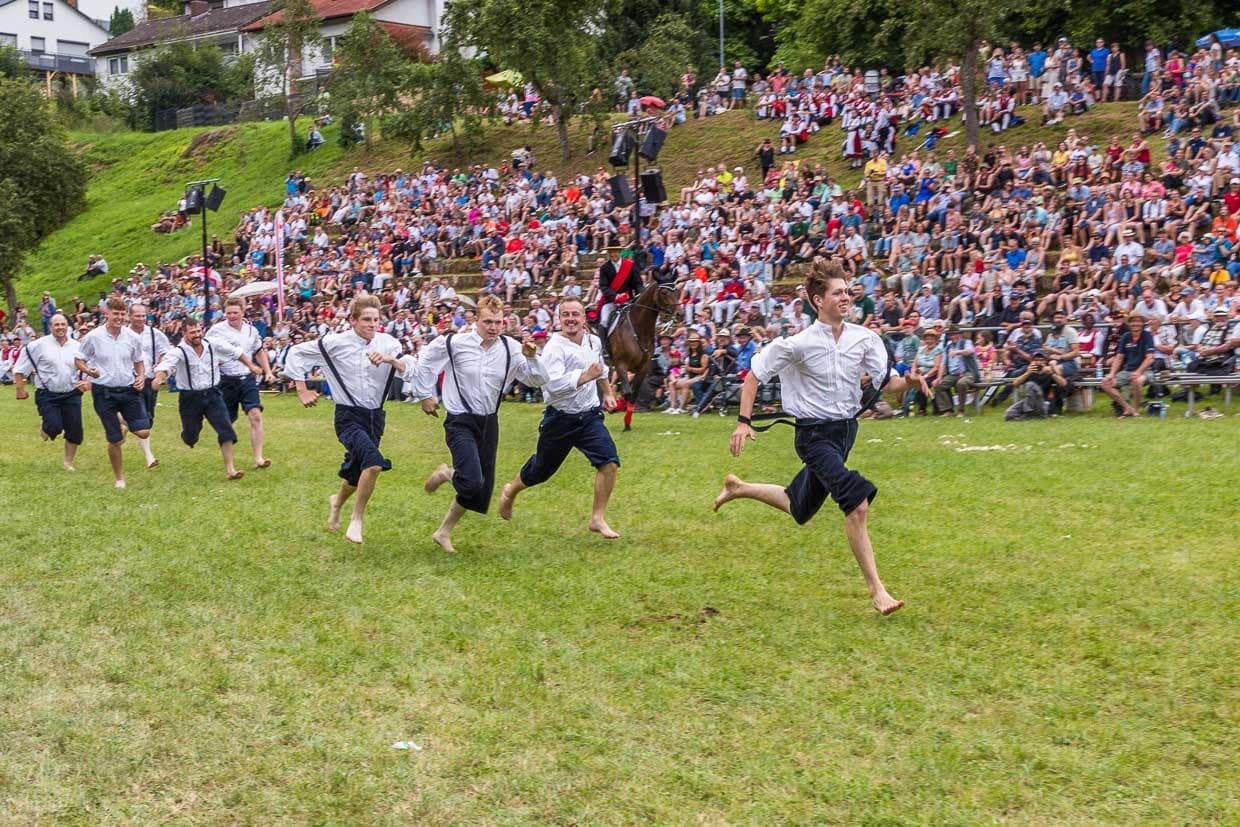

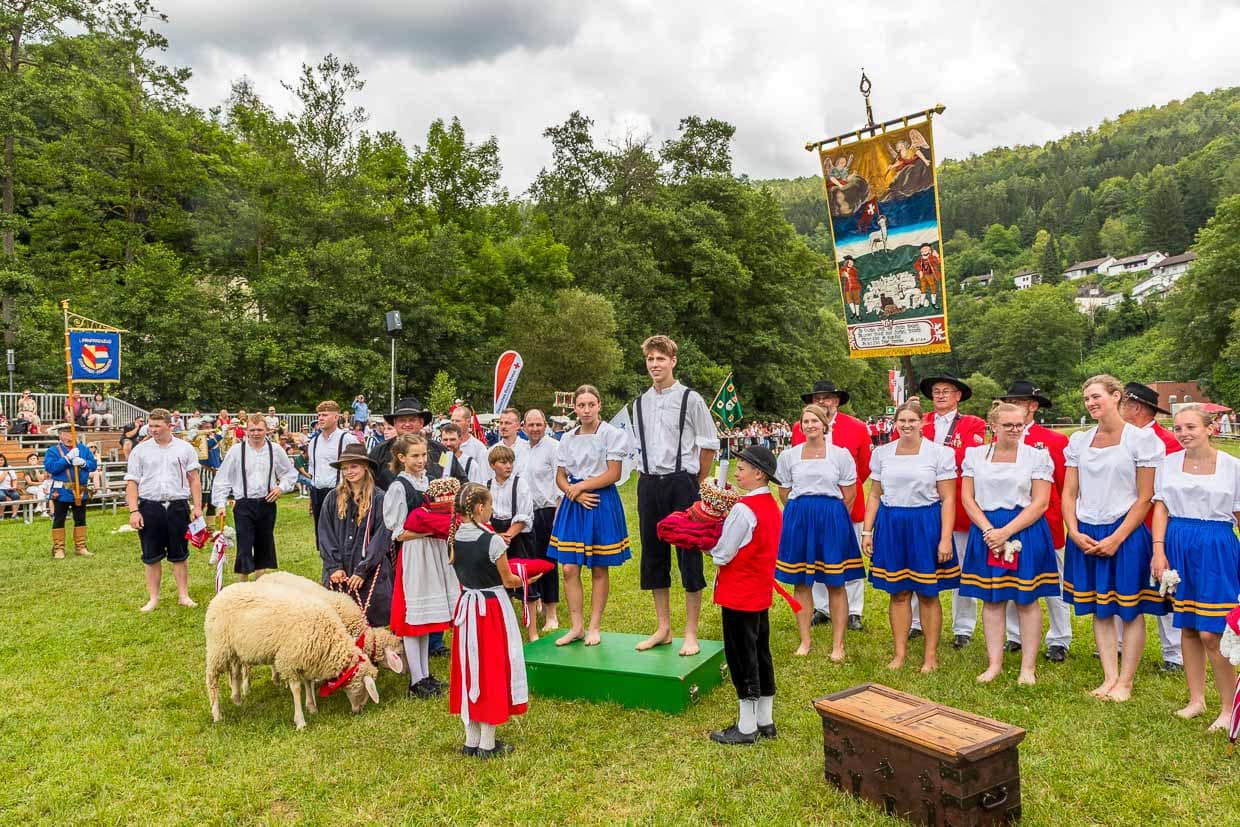
Fixed point in the shepherds’ annual calendar
The dissolution of the shepherds’ guild in the Kingdom of Württemberg in 1828 did not change the festivities. The meeting of professional shepherds became increasingly open to the public and developed more and more into a folk festival. Today, over 60 groups parade through the streets of Wildberg. Only members of shepherd families are allowed to take part in the run for the shepherd’s crown. In Wildberg, the children of these families traditionally start the races.
If you want to experience living tradition up close, you should make a note of this date: The Schäferlauf in Wildberg alternates with Bad Urach and always takes place in even years – next time from July 17 to 20, 2026. It’s well worth a visit!
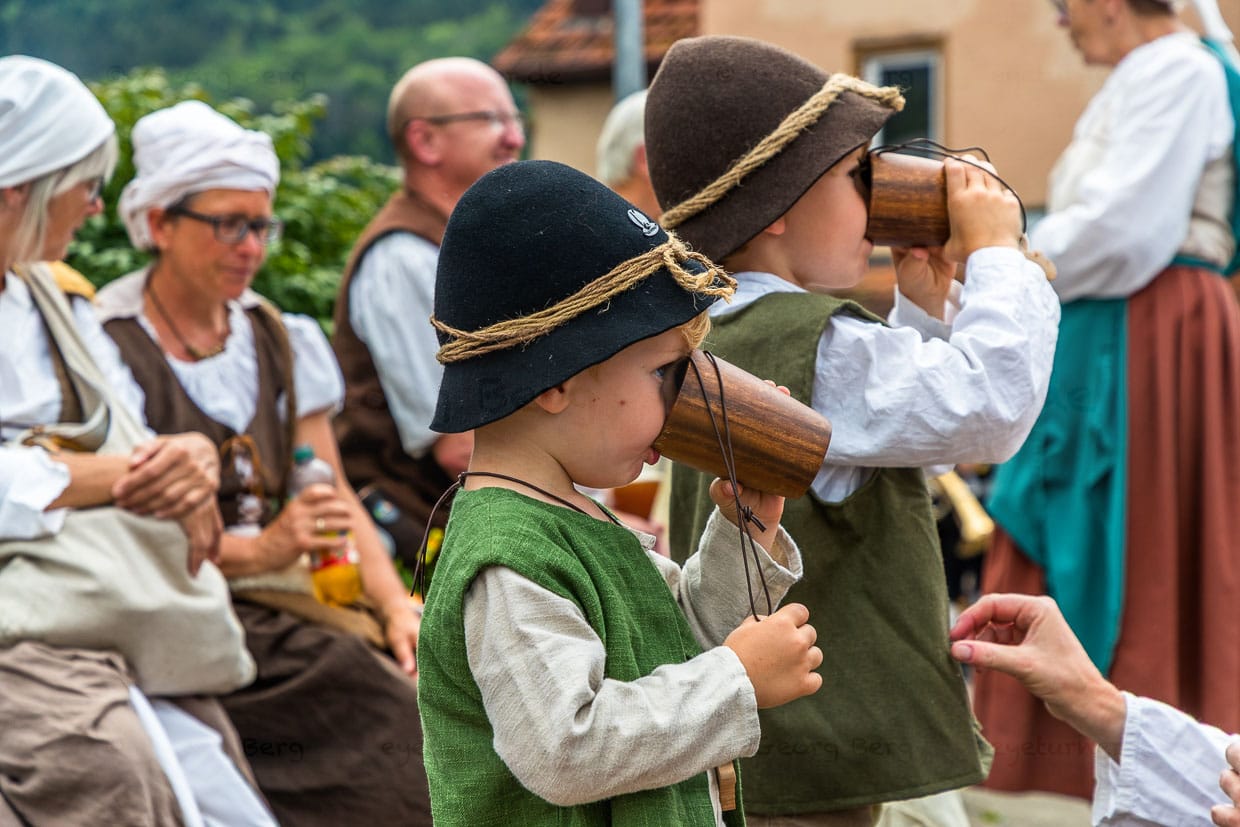
From shepherd’s daughter to professional shepherdess: Something is happening in the male domain, as the Shepherd Run Days in Wildberg show.
The research trip was supported by Schwarzwald Tourismus
